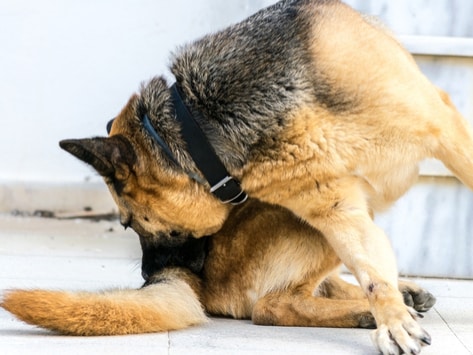Seasonal Flank Alopecia In Dogs Treatment

Flank alopecia is a condition characterized by hair loss over the trunk of the dog s body that is probably genetic.
Seasonal flank alopecia in dogs treatment. Therefore no treatment is. The treatment for alopecia in dogs will vary based on the underlying reason for the hair loss. Although the symptoms vary in each dog there are certain symptoms of alopecia that are distinct to dogs suffering from seasonal alopecia or canine flank alopecia. Veterinarians and pet owners alike are experiencing success using melatonin therapy for alopecia in dogs hair loss in dogs.
Canine flank alopecia is sometimes known as seasonal alopecia because it is a light responsive seasonal disorder. This condition is denoted by hair loss on a dog s flanks and back hair loss can also occur on the base of the tail nose and ears. Treatment of alopecia. In some cases anti parasitics antibiotics anti fungals or other medications may be needed to cure the hair loss by fixing the underlying cause.
Lack of exposure to the sunlight in the months with shorter days seems to be connected to this disorder. An incompletely understood disorder which causes seasonally recurrent hair loss on the flanks and may involve photoperiod changes in melatonin and prolactin hormone production which then affects hair follicles. It is also known by the names cyclic flank alopecia recurrent flank alopecia and seasonal flank alopecia but these terms are not always accurate as the condition can appear at various times of the year vary in duration be. Seasonal flank alopecia is a skin condition of dogs in which affected dogs lose patches of hair on a seasonal basis.
Seasonal flank alopecia transmission or cause. Although the cause of this condition has not been definitively determined it is thought to be caused by an abnormal response of the hair follicles to the normal hormonal changes that occur with changing day length. What is canine flank alopecia. It causes partial or total hair loss on the dog rsquo s flank and back area.
This condition is purely cosmetic. Flank alopecia is also known as canine recurrent flank alopecia crfa canine idiopathic cyclic flank alopecia cyclic flank alopecia cyclic follicular dysplasia and seasonal flank alopecia. Other times there is no cure for alopecia due to auto immune or genetic causes. Licking or chewing the skin.
Most common in young adult bulldogs boxer schnauzers and airedales. The most common form of alopecia for dogs is seasonal alopecia also called cyclic follicular dysplasia. Symptoms of seasonal and canine flank alopecia. The cause is unknown but changes in the duration of light exposure appear to be important and melatonin secretion.
Canine flank alopecia is the preferred term for this disorder as it may occur at different times of the year vary in the time and duration that dogs are affected be continuous or sporadic and also vary according to the latitude where the dog resides miller and others 2013.
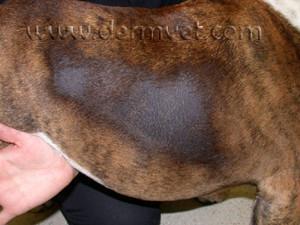

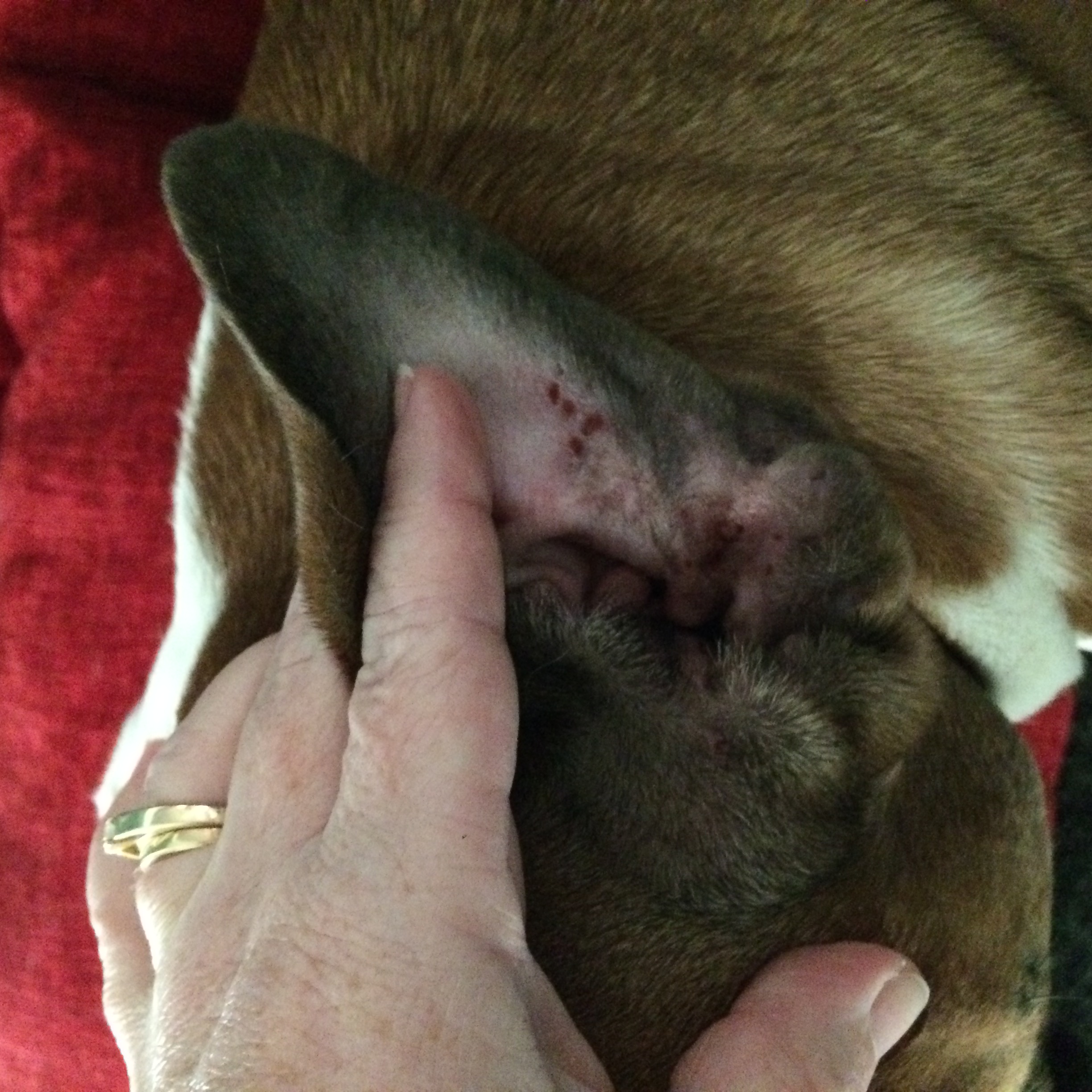

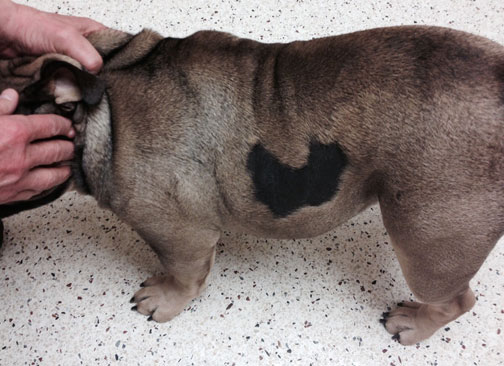



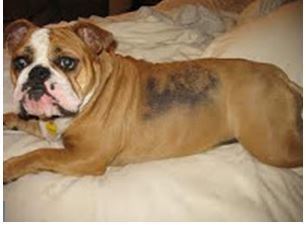
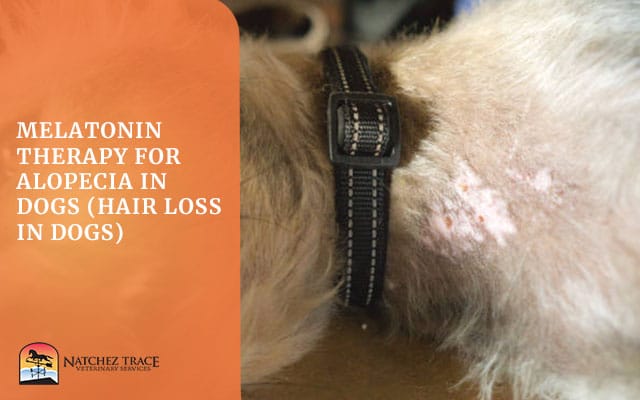





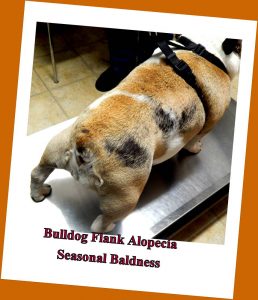




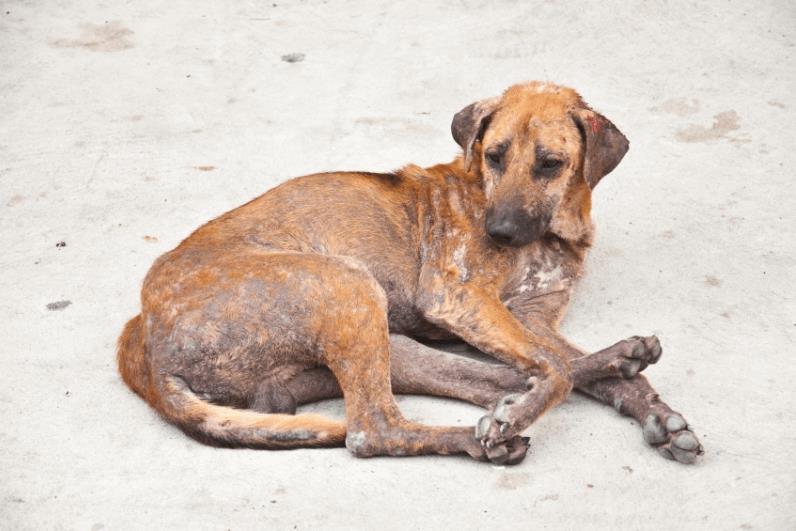



:max_bytes(150000):strip_icc()/GettyImages-695766398-f148c2b7e812451ca7bfc105e4297f9a.jpg)
